[panel][heading size="h4" style="module-title"] Reviewing recent (mainly post-1950) changes in nature and extent of shallow-water, soft-seafloor biological communities of New Zealand’s Bay of Islands: causes, consequences and persisting threats
[/heading]
A review by Fish Forever's John Booth, this was originally submitted to the Ministry for Primary Industries for publication in their New Zealand Aquatic Environment and Biodiversity Report series.
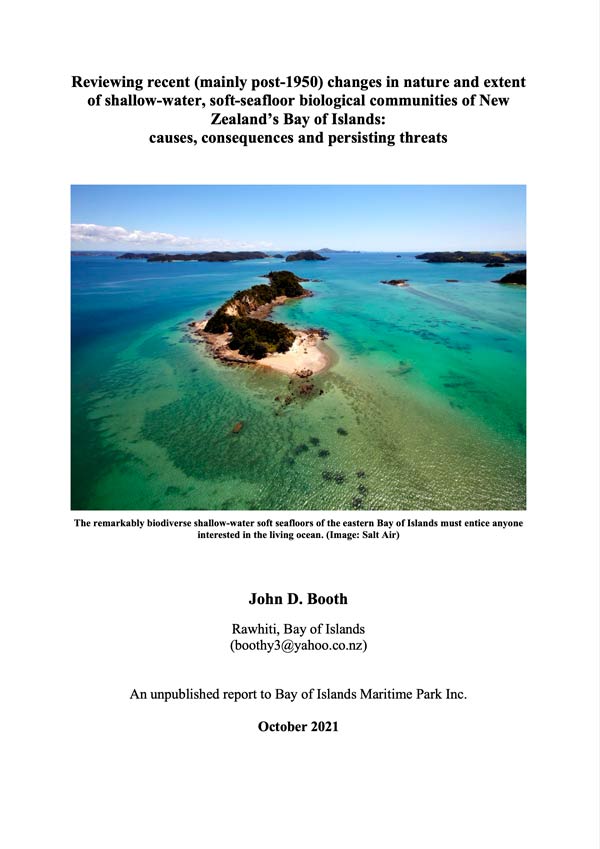
Understandings of the shallow, soft-bottom ecosystems of the Bay of Islands and changes over time therein - including the mangrove forests.
New topics for the Bay of Islands that people might find of interest include the natural oyster reefs of Kerikeri Inlet, the Vaucheria (yellow-green algae) meadows of the eastern Bay of Islands; and the spectacular soft-bottom biomes of Ipipiri Platform in the eastern Bay.
[button style="color" href="/images/ff/documents/reports/BOOTH_Soft_seafloors_of_the_Bay_of_Islands.pdf" target="_self"]Download the full report here[/button]
.jpg) John was a shellfish research scientist with the National Institute of Water and Atmospheric Research, with interest in recruitment processes in spiny lobsters. He has been published widely in local and international science journals, and contributed to several books, on spiny lobsters and other invertebrates. He was a member of the Subantarctic Marine Protection Planning Forum which led to the establishment of MPAs around Campbell, Bounty and Antipodes Islands.
John was a shellfish research scientist with the National Institute of Water and Atmospheric Research, with interest in recruitment processes in spiny lobsters. He has been published widely in local and international science journals, and contributed to several books, on spiny lobsters and other invertebrates. He was a member of the Subantarctic Marine Protection Planning Forum which led to the establishment of MPAs around Campbell, Bounty and Antipodes Islands.
[/panel]
[panel][heading size="h4" style="module-title"] Characterising fisheries and other marine harvesting in the Bay of Islands, with ecological consequences, from first human settlement to the present [/heading]
Recent publication highlights perilous ecological state of the marine waters of the Bay of Islands
A report written by Fish Forever’s John Booth and recently published by the Ministry of Primary Industries underscores the appalling state of the shallow-reef kelp forests of the Bay of Islands.
Much of the shallow-reef kelp (down to about 5 m) of the main basin of the Bay has been overgrazed and is now kina barren.
‘Losses were apparent by the 1970s, and today Bay of Islands presents one of the most extreme and extensive areas of ‘sea-urchin barren’ in all the country. The loss of significant areas of shallow-reef kelp is likely to have led to a multitude of cascading consequences, most of them not yet recognised or understood.’
‘In northeast New Zealand, (mainly) commercial fishing had, by the mid-1980s, reduced the biomass of snapper (and probably other predatory finfish species), and rock lobsters, to less than one quarter of their unfished state. Consequently, freed from the pressure of their main predators, sea-urchin grazing burgeoned, resulting in loss of much of the shallow-reef kelp in places like the Bay of Islands. Ongoing intense recreational fishing pressure, together with the commercial effort, within and near the Bay of Islands means little or no recovery of the kelp is likely in the near future.’
Although a particular focus of this report is the state of the shallow-reef kelp of the Bay of Islands, harvest trajectories for fish and shellfish, and the loss of seabirds and marine mammals, from the time of first settlement around 1300 AD to the present, are also described. There were many early extinctions; various marine mammals and seabirds remain to this day on the cusp of extinction.
[button style="color" href="/images/ff/documents/reports/Characterising-marine-fisheries-of-the-Bay-of-Islands.pdf" target="_self"]Download the full report here[/button]
[/panel]
[panel][heading size="h4" style="module-title"]Subtidal soft-bottom biodiversity of the Bay of Islands and its vulnerability to the physical impacts of fishing[/heading]
A report written by John Booth
Subtidal soft-bottom biodiversity of the Bay of Islands is appraised, with focus on areas/communities prone to physical damage from fishing. Some of these seafloor communities are of national (even international) significance, most risks from fishing deriving from commercial bottom trawling in waters >50 m depth and recreational scallop dredging in waters <20 m.
[button style="color" href="/images/ff/documents/reports/Fishery_impacts_submitted_10_Mar_20.pdf" target="_self"]Download the full report here[/button]
[/panel]
[panel][heading size="h4" style="module-title"]Reviewing the far-reaching ecological impacts of human-induced terrigenous sedimentation on shallow marine ecosystems in a northern-New Zealand embayment
[/heading]
A report written by Fish Forever’s John Booth and recently published by the New Zealand Journal of Marine and Freshwater Research
Human settlement in Bay of Islands, New Zealand, beginning ∼1300 AD, wrought immense, conspicuous and enduring change to local shallow-water marine ecologies, this review addressing those transformations attributable to increased rates of anthropogenically induced, land-derived sedimentation...
[button style="color" href="/images/ff/supporting-documents/Reviewing_the_far_reaching_ecological_impacts_of_human_induced_terrigenous_sedimentation_on_shallow_marine_ecosystems_in_a_northern_New_Zealand.pdf" target="_self"]Download the full report here[/button]
[grid]
[column size="1-3"][panel]
[heading size="h4" style="module-title"]Marvellous Maunganui Bay[/heading]
[badge style="success"]Fish Forever[/badge]
by John Booth, Chris Richmond, Robert Willoughby
[button style="color" href="/images/ff/documents/essays/Russell-Review-Maunganui-Bay.pdf" target="_self"]Download[/button]
[/panel]
[/column]
[column size="1-3"] [panel][heading size="h4" style="module-title"]Black Rocks and Te Pahi coast reefs[/heading]
Black Rocks and the Te Pahi Islands coast reefs, Bay of Islands: Significant Ecological Marine Area Assessment Sheet. By Northland Regional Council, 2017
[button style="color" href="/images/ff/documents/reports/black-rocks-and-te-pahi-islands---significant-ecological-marine-area-assessment-sheet.pdf" target="_self"]Download[/button]
[/panel]
[/column]
[column size="1-3"] [panel][heading size="h4" style="module-title"]Urchin barren & algal zonation[/heading]
[badge style="success"]Fish Forever[/badge]
Urchin barrens and algal community zonation; a transect based study, Maunganui Bay and Cape Brett. By Vince Kerr
[button style="color" href="/images/ff/documents/reports/Kerr-2016-Urchin-Barren-Study.pdf" target="_self"]Download[/button]
[/panel][/column]
[/grid]
[grid]
[column size="1-3"][panel][heading size="h4" style="module-title"]Maunganui Habitat Report[/heading]
 Marine habitats of the proposed Maunganui Marine Reserve, Cape Brett Peninsula by Vince Kerr
Marine habitats of the proposed Maunganui Marine Reserve, Cape Brett Peninsula by Vince Kerr
[button style="color" href="/images/ff/documents/consult-doc/Kerr-2016-Cape-Brett-Mangonui-Bay-Habitats.pdf" target="_self"]Download[/button]
[/panel][/column]
[column size="1-3"][panel][heading size="h4" style="module-title"]Waewaetorea Habitat Report[/heading]
Marine habitats of the proposed Waewaetorea Marine Reserve. By Vince Kerr and Roger Grace, 2015
[button style="color" href="/images/ff/documents/reports/kerr_grace_2015_waewaetorea_habitat_report.pdf" target="_self"]Download[/button]
[/panel][/column]
[column size="1-3"][panel][heading size="h4" style="module-title"]Geology & physical oceanography[/heading]
Application of Geology and Physical Oceanography to Marine Reserve Determination, Ipipiri, Eastern Bay of Islands. By Jeremy Gibb, 2012
[button style="color" href="/images/ff/documents/reports/J-Gibb-2012-Application-of-geology-and-physical-oceanography-to-establish-a-marine-reserve-in-an-outstanding-site-Eastern-Bay-of-Islands.pdf" target="_self"]Download[/button]
[/panel][/column]
[/grid]
[grid]
[column size="1-3"] [panel][heading size="h4" style="module-title"]7 Centuries Harvesting of BOI Fish & Shellfish[/heading]
Ecological Upshot of Seven Centuries’ Harvesting of Bay of Islands’ Fish and Shellfish. By John Booth, 2015
[button style="color" href="/images/ff/documents/essays/J-Booth-2015-2016-Ecological-Upshot-of-Seven-Centuries-Harvesting-of-Bay of Islands-Fish-and Shellfish.pdf" target="_self"]Download[/button]
[/panel][/column]
[column size="1-3"][panel][heading size="h4" style="module-title"]Wrecked Reefs - shallow-reef kelp loss[/heading]
Wrecked Reefs: just where does the buck stop for shallow-reef kelp loss in the Bay of Islands? By John Booth, 2016
[button style="color" href="/images/ff/documents/essays/J-Booth-Russell-Review-2016-2017-wrecked-reefs.pdf" target="_self"]Download[/button]
[/panel][/column]
[column size="1-3"][panel][heading size="h4" style="module-title"]Flagging kelp a potent symbol of loss[/heading]
Flagging kelp: potent symbol of loss of mauri in the Bay of Islands. By John Booth, 2015
[button style="color" href="/images/ff/documents/essays/J-Booth-2015-Flagging kelp.pdf" target="_self"]Download[/button]
[/panel][/column]
[/grid]
[grid]
[column size="1-3"][panel][heading size="h4" style="module-title"]Transformed shores: those mangroves![/heading]
Transformed shores: those mangroves! By John Booth, 2014
[button style="color" href="/images/ff/documents/essays/J-Booth-2015-Mangroves.pdf" target="_self"]Download[/button]
[/panel][/column]
[column size="1-3"][panel]
[heading size="h4" style="module-title"]Bay of Islands Seagrass: our last goodbye?[/heading]
Seagrass in the Bay of Islands: our last goodbye? By John Booth, 2013
[button style="color" href="/images/ff/documents/essays/J-Booth-2015-Seagrass-Russell-Review.pdf" target="_self"]Download[/button]
[/panel][/column][/grid]



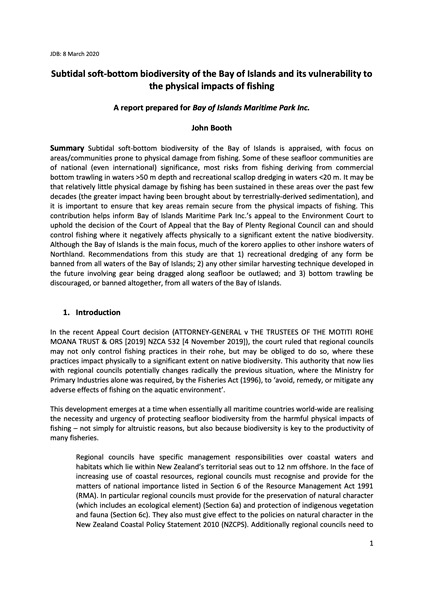
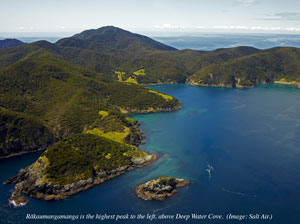

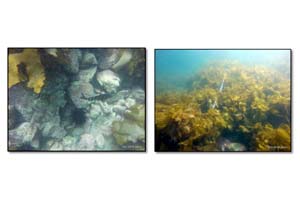
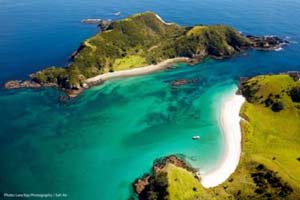


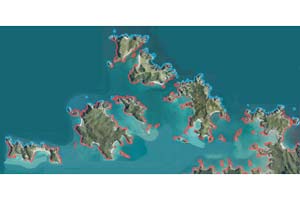



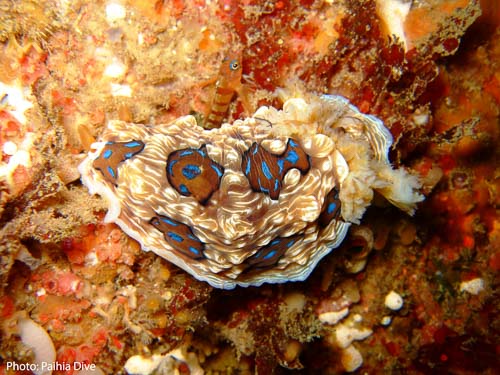 All of us with an interest and love of Tangaroa, let's work together and take on the challenge of marine protection for the Bay.
All of us with an interest and love of Tangaroa, let's work together and take on the challenge of marine protection for the Bay.